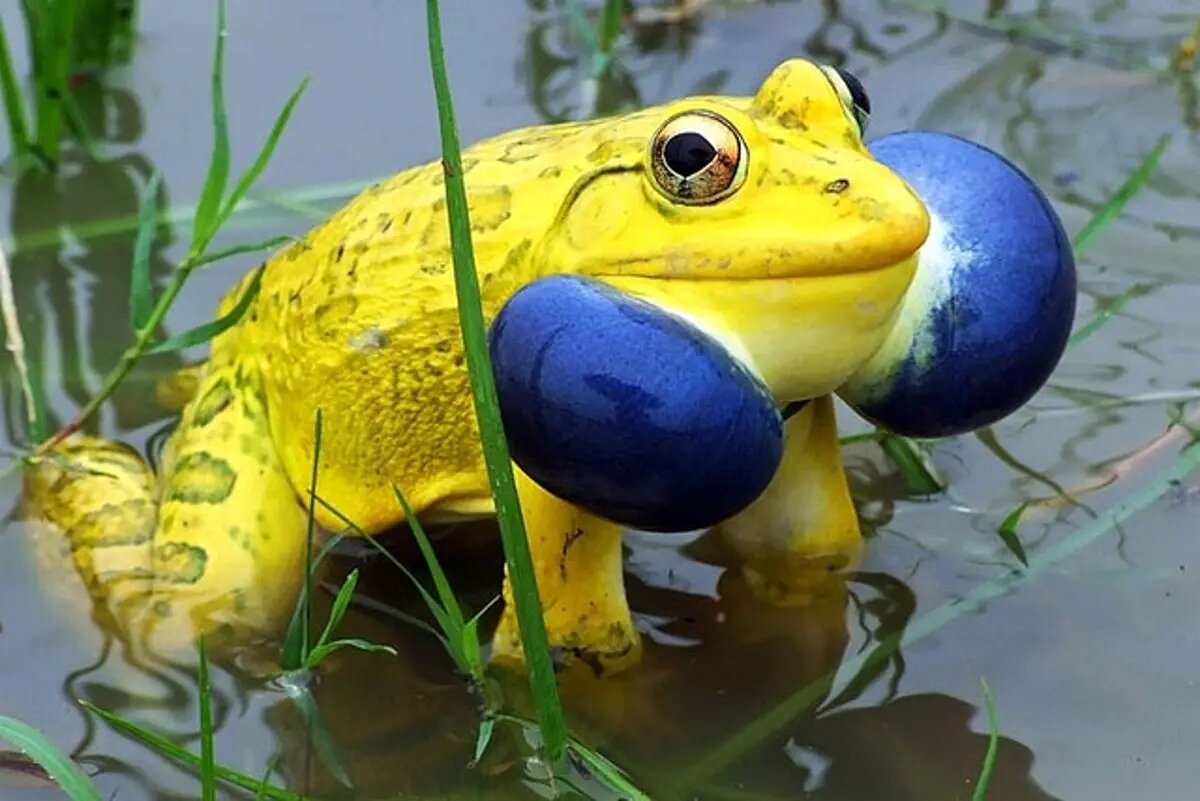Indian Bullfrog | 23 Jul 2020
- Scientific Name: Hoplobatrachus tigerinus.
- Common Names: Bullfrog, Golden Frog, Green Frog, Tiger Frog etc.
- IUCN Red List: Least Concern.
- Indian Wildlife Act 1972: Schedule IV.

- Schedule IV along with Schedule III provide protection with lesser penalties.
- It is native to the Indian subcontinent (Afghanistan, Bangladesh, India, Myanmar, Nepal and Pakistan) and is the largest frog in India.
- These are prolific breeders (producing many offspring), have short breeding seasons, and each egg clutch can contain up to 5,750 eggs.
- Indian bullfrog tadpoles are carnivorous and eat other tadpoles (including their own species).
- The tadpoles grow to be the largest (around 20 millimetres) and also grow the fastest.
- Adult bullfrogs pose a threat to small endemic vertebrates because they can eat everything which fits into their mouths like centipedes, leeches, native frogs, lizards, small snakes and even chicks and ducklings.
- Bullfrogs eat the native frogs as well and their diets overlap, indicating a possibility of competition.
- It is one of the invasive species on the islands of Andaman and Nicobar.
- An invasive species is a species that is accidentally or artificially introduced into a biosphere where it is not normally found.
- In the absence of a natural predator, as it generally happens, the invasive species thrive and causes economic and environmental damage due to the imbalance created by its introduction.
